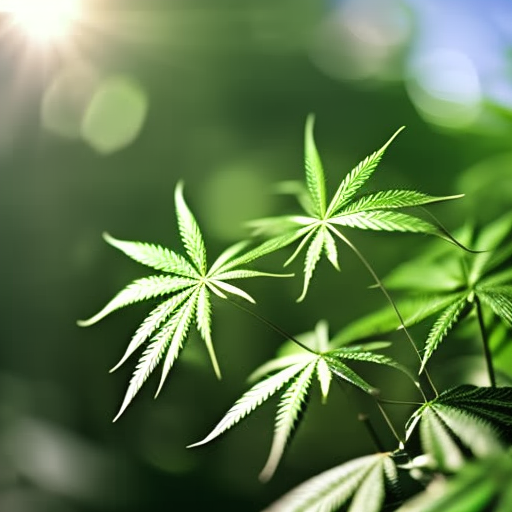
Moldy cannabis is not only unsightly but can also pose serious health risks due to the presence of dangerous mycotoxins. Mycotoxins are toxic substances produced by molds that can have detrimental effects on human health, including kidney failure, carcinogenesis (the development of cancer), respiratory illness, and impairment of the immune system. In extreme cases, exposure to high levels of mycotoxins can even result in death.
The two major classes of mycotoxins responsible for contamination in cannabis biomass are aflatoxins and ochratoxins. Aflatoxin B1 is considered the most toxic within the aflatoxin class, although variants such as B2, G1, and G2 are also associated with serious health issues from chronic exposure. Aflatoxins are primarily produced by Aspergillus flavus and Aspergillus parasiticus molds, while ochratoxins are produced by Pencillum verucosum and Aspergillus ochraceus molds.
In a 2015 study of microbial contaminants sourced from cannabis samples in Massachusetts and Amsterdam, researchers found multiple strains of mycotoxic fungi, including Aspergillus, Cryptococcus, and Penicillium species. Aflatoxins have also been detected in both cannabis preparations and smoke.
One challenge in addressing mycotoxin contamination in cannabis is that aflatoxins are resistant to thermal degradation, meaning they can survive heat treatment and smoking processes. However, research into the presence of mycotoxins and mycotoxic fungi in cannabis remains limited and requires further investigation.
Mold growth on cannabis is less likely to occur if the biomass is processed soon after harvest since mold requires moisture to propagate. However, if the plant material has been exposed to rain or kept in a high humidity environment during harvest, storage, or transportation, mold spores can easily take root and begin to proliferate. Wet climates, such as the Willamette Valley of Oregon, are particularly conducive to mold growth due to excess rain, poor air flow, and high moisture.
The presence of mycotoxins in cannabis presents a challenge for the industry as it poses potential health risks for users, especially when inhaled. The effects of inhaling heated mycotoxins from contaminated cannabis are still unknown, although research from the food and agriculture industry, where mycotoxins are ingested or inhaled from dust particulates during cereal processing, can provide some insight. The FDA imposes a limit of 20 parts per billion for mycotoxin levels in human consumables, but regulation at the state level remains inconsistent and challenging.
Analytical laboratories are emerging to meet the needs of the cannabis industry, but proper validation and process development of detection methods are required. Currently, enzyme-linked immunosorbent assays (ELISA) are commonly used to detect mycotoxins in the food industry, but they have limitations in terms of resolution and sample preparation. Liquid chromatography coupled with mass spectrometry (LC-MS) is considered the gold standard for mycotoxin confirmation but requires expertise and appropriate standards.
The future of mycotoxin detection in cannabis relies on further research into the types of mycotoxins produced under different environmental conditions and their persistence in processed materials. Standardized analytical methods and regulatory guidelines will be crucial to ensure the safety and quality of cannabis products. However, significant progress is still needed in this area before comprehensive methods and knowledge become readily available.

